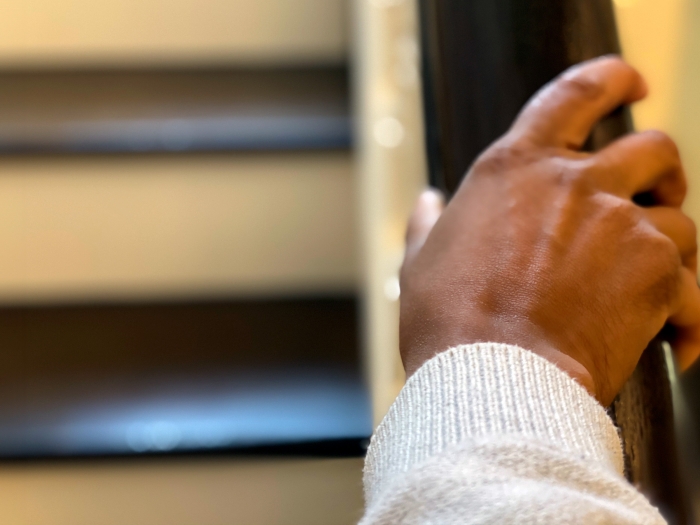A recent paper found more than three-quarters of first-year medical students were more comfortable approaching patients with disabilities in clinical settings after completing an educational session.
9:29 PM
Author |

A recent study highlights a curriculum at the University of Michigan Medical School that aims to teach medical students how to better care for, and interact with, patients with disabilities.
"Understanding how to approach individuals with disabilities in a clinical setting isn't intuitive to everyone," says Sandra Hearn, M.D., an assistant professor of physical medicine and rehabilitation at Michigan Medicine. "In fact, it's natural to be unsure of what to say or how to approach someone who looks different from ourselves."
Hearn designed the curriculum, and it was recently published on MedEdPORTAL to enable other institutions to download and replicate the session in their own education programs. The downloadable materials include the complete session video, with built-in pause points for reflection and discussion, as well as presentation slides with embedded videos. The accompanying report describes the session and shows how it was assessed by students.
"We built this interactive session to help medical students reflect upon and better prepare themselves for approaching individuals with disabilities in clinical encounters," she says. "I felt we needed a session that would allow students to reflect on their own responses and anxieties, as well as experience and relate to the common humanness that we all share, across the range of abilities we each have."
Hearn wanted the curriculum to address that caring for patients isn't a one-type-fits-all approach, and that backgrounds and biases in physicians should be recognized.
MORE FROM THE LAB: Subscribe to our weekly newsletter
"Interacting well with someone with a disability isn't about memorizing what to say or how to position one's body," Hearn says. "It's about connecting to a human being in spite of the differences between all of us. And if we're a little nervous seeing someone who's different, making ourselves feel guilty about this natural reaction isn't going to make us doctor better. We should recognize our own responses, recognize the biases we may carry and then move forward with our desire to connect and serve."
Taking a collaborative approach
When developing the educational session, Hearn had three main aims:
-
To share the importance and impact of how physicians approach patients with disabilities,
-
To reflect upon and normalize an individual's own natural anxieties when approaching someone who looks different and
-
To provide a framework approach that health professionals could use to develop a respectful and meaningful clinical interaction with someone who has a visible disability.
"It was immediately apparent to me that delivering a standard lecture about how to treat people with disabilities— as a young, able-bodied faculty member — was not going to be the way to reach my audience," Hearn says. "I had to get creative. When I spoke with my mother-in-law over vacation, I found she had a lot of insight from the patient perspective — as someone with a visual impairment — and that's when we decided to collaborate."
Her mother-in-law, Pamela Hearn, co-created the session and is featured throughout its video clips.
Interacting well with someone with a disability isn't about memorizing what to say or how to position one's body. It's about connecting to a human being.Sandra Hearn, M.D.
After the session took place, 151 first-year medical students were asked to fill out an evaluation form for the course.
"It was gratifying to see 79% of the students reported additional comfort in approaching patients with disabilities after the course," Hearn says.
Future learning
The session has been integrated into the first-year U-M medical student curriculum since 2017 as part of the longitudinal doctoring course.
"My colleagues who lead the course always assemble an excellent patient panel that follows the session, which enables students to hear from and interact with patients with a broad array of disabilities," Hearn says.
She hopes this course is just the beginning for continued discussions and learning around caring for all different types of patient populations.
"I think the need for continued interactions with patients with varying abilities throughout the clinical years of medical training is critical," she says. "Recognition of an issue and establishing a framework approach is just the beginning. We need practice. We need to develop our own styles and grow to be comfortable with them over time."
Paper cited: "Working With People With Disabilities: An Interactive Video/Lecture Session for First-and Second-Year Medical Students," MedEdPORTAL. DOI: 10.15766/mep_2374-8265.10913
Like Podcasts? Add the Michigan Medicine News Break on iTunes or anywhere you listen to podcasts.

Explore a variety of healthcare news & stories by visiting the Health Lab home page for more articles.

Department of Communication at Michigan Medicine
Want top health & research news weekly? Sign up for Health Lab’s newsletters today!





